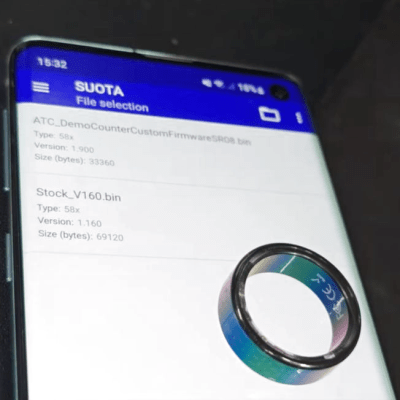Some of our devices look like they’re straight out of hacker movies. For instance, how about a small board you plant behind an RFID reader, collecting access card data and then replaying it when you next walk up the door? [Jakub Kramarz] brings us perhaps the best design on the DIY market, called The Tick – simple, flexible, cheap, tiny, and fully open-source.
Take off the reader, tap into the relevant wires and power pins (up to 25V input), and just leave the board there. It can do BLE or WiFi – over WiFi, you get a nice web UI showing you the data collected so far, and letting you send arbitrary data. It can do Wiegand like quite a few open-source projects, but it can also do arbitrary clock+data protocols, plus you can just wire it up quickly, and it will figure out the encoding.
We could imagine such a board inside a Cyberpunk DnD rulebook or used in Mr Robot as a plot point, except that this one is real and you can use it today for red teaming and security purposes. Not to say all applications would be NSA-catalog-adjacent pentesting – you could use such a bug to reverse-engineer your own garage door opener, for one.



















